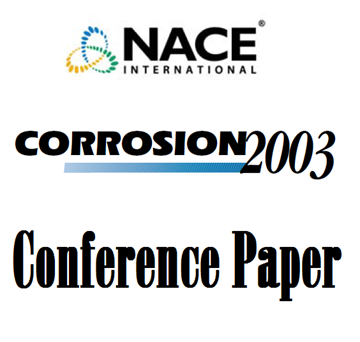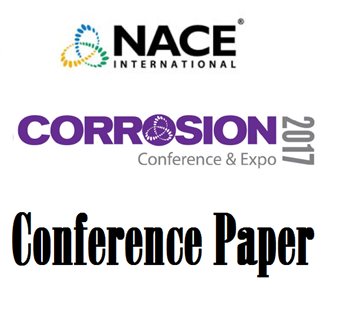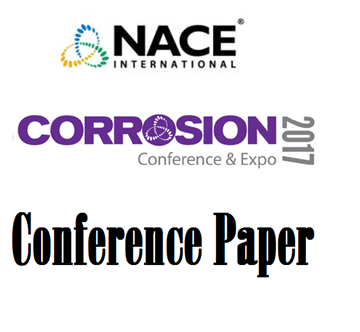Search
Coatings Cracking in Water Ballast Tanks: A Different Look
Also Purchased
03010 APPROACHES FOR ACHIEVING SUCCESSFUL HIGH BUILD COATINGS ON SHARP EDGES IN SHIP'S BALLAST TANKS
Product Number:
51300-03010-SG
ISBN:
03010 2003 CP
Publication Date:
2003
$20.00
Accelerated Offshore Coating Performance Testing
Product Number:
51317--9134-SG
ISBN:
9134 2017 CP
Publication Date:
2017
$20.00
Effect of Water Soluble Salts Affecting Long-Term Durability of Epoxy Coating on Carbon Steels
Product Number:
51317--9284-SG
ISBN:
9284 2017 CP
Publication Date:
2017
$20.00
Recently viewed




